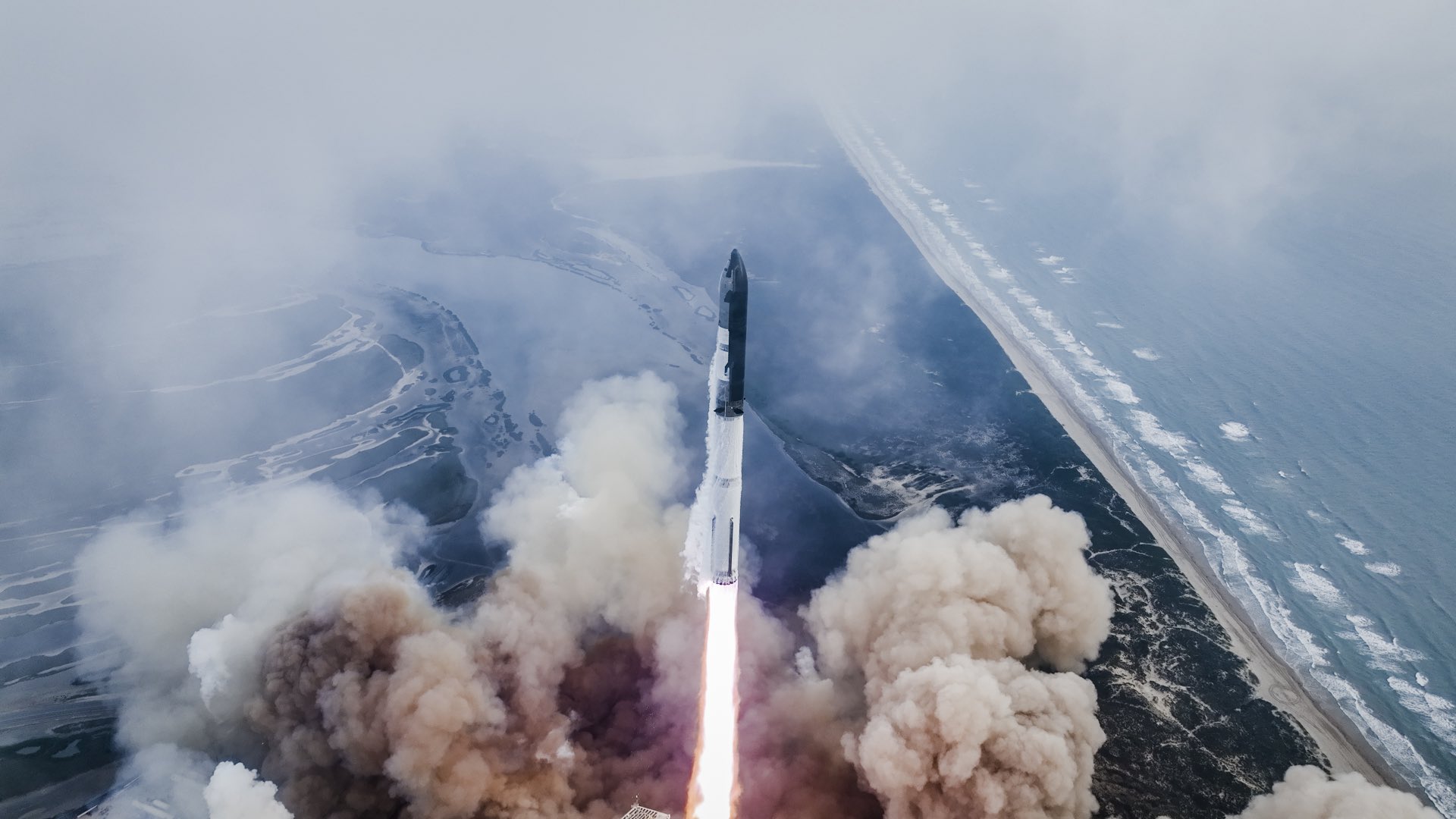This week, SpaceX successfully launched the third integrated flight test of Starship.. and although they didn’t complete all of their testing objectives, the flight was still a resounding success. I had the pleasure of watching the live feed from multiple angles thanks to both the SpaceX stream as well as the team at Everyday Astronaut producing a great multi-angle feed.
I love this view of plasma building as Starship hits the atmosphere. Big win for Starlink delivering the feed through the hole punched in the plasmafield by starship.
This flight synopsis from Payload goes through the test flight events thoroughly.
Around the World in 49 Minutes: How it Went Down
(via Payload/Jack Kuhr on March 14, 2024)
Starship lifted off at 9:25am ET.
Super Heavy:
- Engines: All 33 Raptor booster engines stayed lit through stage separation, an improvement from IFT-1, which had a number of flameouts during its booster ascent.
- Hot staging: Separation was successful, sending the second stage to space and protecting the booster enough for it to complete its flip maneuver and boostback burn.
- IFT-1 booster did not make it to this stage
- IFT-2 booster went ka-boom shortly after hot staging
- Super Heavy booster RIP: The booster successfully re-lit several engines for the landing burn. However, the mega vehicle came in too hot and wobbly, eventually ending in a fireball 462 meters above the Gulf of Mexico.
Starship Second Stage:
- Orbital velocity: Starship’s second stage achieved orbital velocity, albeit on a planned suborbital trajectory.
- IFT-2 Starship broke apart just short of orbital velocity.
- Open door: While enjoying the beautiful views of Earth in cruise mode, SpaceX completed an open and close test of the payload door.
- Prop transfer: SpaceX initiated a propellant transfer demonstration, as it aimed to move possibly 10 metric tons of cold liquid oxygen propellant from one tank to another for a NASA Tipping Point contract.
- Flaps: Upon atmospheric reentry, Starship’s flaps gave us a couple of big friendly walrus waves as they adjusted the vehicle’s orientation.
- No in-orbit burn: SpaceX elected to forgo its in-space engine burn “due to vehicle roll rates during coast”.
- Starship RIP: Starship reentered the atmosphere at hypersonic speeds, creating a surreal scene of fiery plasma build-up around the vehicle. The journey ended 49 minutes into flight when the vehicle lost telemetry and likely broke up due to the hellscape reentry environment.
Another great analysis is provided by Scott Manley.
